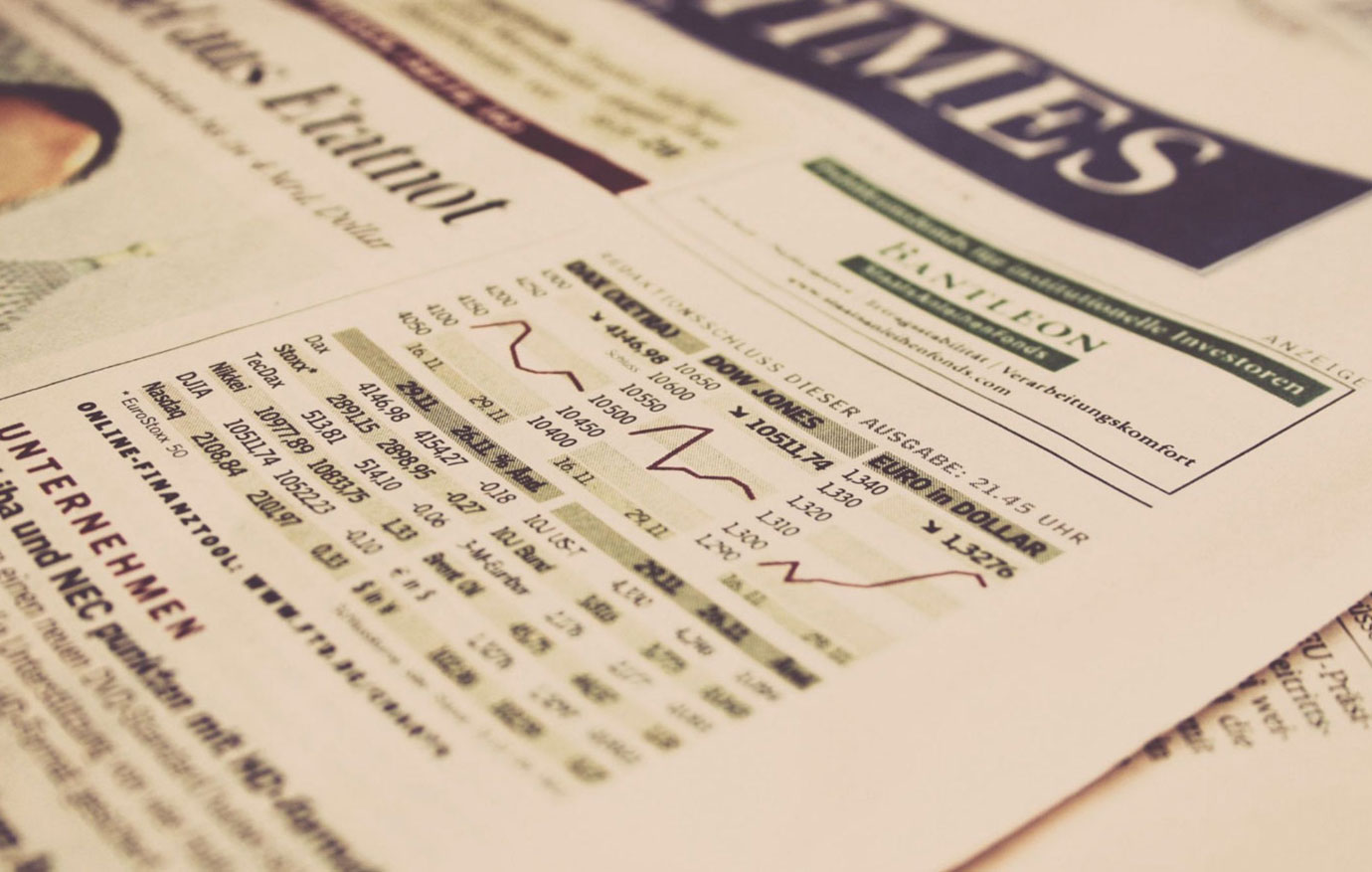
How Paper Money Turns Governments into Predators
Aside from stealing your life savings and launching depressions, one of the nastier features of paper money is what it does to governments.
In short, paper money transforms governments from parasites to predators. Once a government can print what it likes, it no longer needs taxes.
Meaning it no longer needs us.
We saw this in living color during the covid lockdowns. Just imagine a world without a central bank where, in the first days of the pandemic, some young bureaucrat proposed shutting down the entire economy. No worries, he’d say: the economy — and tax revenue — will shrink by half. But we can just lay off half of government workers.
He would have a very short career.
Instead, of course, they did have an in-house money printer. The Fed alone pumped out the $6 trillion it took to make up for lost taxes and the trillion-dollar bribes it cost to get voters to accept lockdowns. Many voters were happy to get paid to sit on the couch, even if they were arresting priests for conducting mass.
We’re now dealing with the economic and social aftermath. With millions still out of the workforce years later, trillions in fresh debt with no end in sight, and kids who can’t read.
We’ll continue paying for it for decades. Because they had a money printer.
The Early Days of Paper Money
The paper money predator problem has existed since the first days of paper money a thousand years ago in Song Dynasty China.
The Song are interesting for two reasons. First, they were one of humanity’s most spectacular golden ages that invented much of the modern world. Second, they invented paper money. Which led to hyperinflation, economic collapse, and turned the Song into a gutted carcass the upstart Mongols rode to burn half the world.
The early Song dynasty was prosperous thanks to pro-growth Confucian policies. Traditional nobles were replaced with the new Imperial Exam system, which promoted from all ranks of society according to ability rather than birth. The Exam curriculum included economics that was surprisingly sound: Property rights and open markets were seen as the foundations for prosperity.
To give a flavor, the standard Imperial Exam answer to local famine was to subsidize inbound transportation — pay for every cart that comes into the district. Which is brilliant and, unlike government policies today, actually works. Compare this to, say, Hurricane Katrina, when our federal government instead impounded every 18-wheeler it could grab and sat on them while the people had no water to drink. Famously, some of those impounded trucks actually contained drinking water Wal-Mart was trying to bring in.
More broadly, the Song operated on Confucian principles that emphasized the importance of a prosperous people. Because prosperity means tax revenue, and it means peasants who don’t revolt. The state gets full coffers to pay the soldiers, and the people are content.
Their prosperity led the Song to invent many things we still use today. Dubbed China’s “Age of Invention,” the Song invented porcelain, tea, the compass, windmills, paddle boats and canal-locks, the university (Donglin Academy), mass production, and commercialization — what we would call “branding” today. The population soared as new farm implements and techniques were invented and disseminated by marketing.
The era was so prosperous contemporaries complained that the youth were spoiled and that young women didn’t know how to cook because they ate out all the time.
Unfortunately, the Song invented something that ended up destroying them: printing blocks. Imported centuries later to Europe by Johannes Gutenberg, blocks were first used in the Song to make cheap books — including study guides for the Imperial Exam.
But the Song government quickly realized that cheap printing could be used to print counterfeit silver certificates. Certificates were in common use since it’s easier to trade paper than coins; the coins would be in a warehouse, the warehouse would issue receipts, and the receipts were traded.
This turned out to be an irresistible temptation for the interventionist Prime Minister Wang Anshi, who cranked up the wood blocks to finance his socialist policies. He mandated the death penalty for refusing the counterfeits, akin to modern “legal tender” laws with a capital kicker.
The Song quickly turned from nurturing prosperity to actively attacking it. Regulations were imposed on small businesses. Landlords and merchants were dispossessed, and their lands were redistributed to the poor who didn’t know how to farm. As food output fell, the Wang government issued free seeds to new farmers.
Of course, the hungry farmers didn’t plant it. They ate it.
As tax revenue collapsed and welfare payments soared, the Song doubled down on the printing and doubled down on the suppression. A wider range of crimes were made capital offenses. Even the Imperial Exam curriculum was rewritten to promote socialists — echoing today’s socialist capture of the universities.
Coal production and iron smelting collapsed — again echoing today’s suicidal “Green” policies. Entire industrial regions were abandoned — like our “Rust Belt.” The population retreated to subsistenence farming. Then they began to starve.
With real wages falling, the army lost its loyalty. Large landlords and merchants went bankrupt. Hyperinflation ravaged what was left.
The money printers, as always, reacted by increasing their annual issues nearly 14-fold. Right up until the Mongols were at the gates of the capital.
Once victorious, the new Khan retired the printing blocks and re-introduced a silver standard in the new Mongol Yuan Dynasty. China’s hyperinflation finally ended.
Lessons for Today
We are already far along the path of the Song. Paper money is now worldwide, beginning with World War I and metastasized by Nixon’s 1971 “temporary” suspension of the gold standard.
Since 2008 printing has accelerated to the point that covid lockdowns finally showed the world’s governments that they don’t need us anymore. Some even say it out loud: MMT proponent Stephanie Kelton has bragged how governments don’t really need taxes, so they should instead use taxes to punish carbon sinners and wrong-thinkers.
For the past 50 years, the world has flirted with hyperinflation. As I write this, there are 5 countries with annual inflation over 50 percent, including Turkey and Argentina. The largest economies in the world — the US and the EU — are returning to the double-digit inflation we thought we’d left behind in the 1970s.
The path from 10 percent inflation to hyperinflation isn’t direct — historically, it’s a ratchet that can go gradually over decades or quickly over years. But, going by the post-Nixon fiscal realities, they are going to hyperinflation as fast as voters will tolerate.
How to fix it? Simple: back the currency with hard assets. Gold, silver, and Bitcoin would all take the money printers away. Hard money would return us to the era when our governments wanted the same things we want today: prosperity, social harmony, and peace. A people who are productive, ambitious, and industrious. Rather than a nation of irresponsible sheep.
The state’s incentives should be aligned with ours: governments should only succeed when we succeed. Paper money breaks this. The sooner we re-establish hard money, the sooner we can tame that beast.



